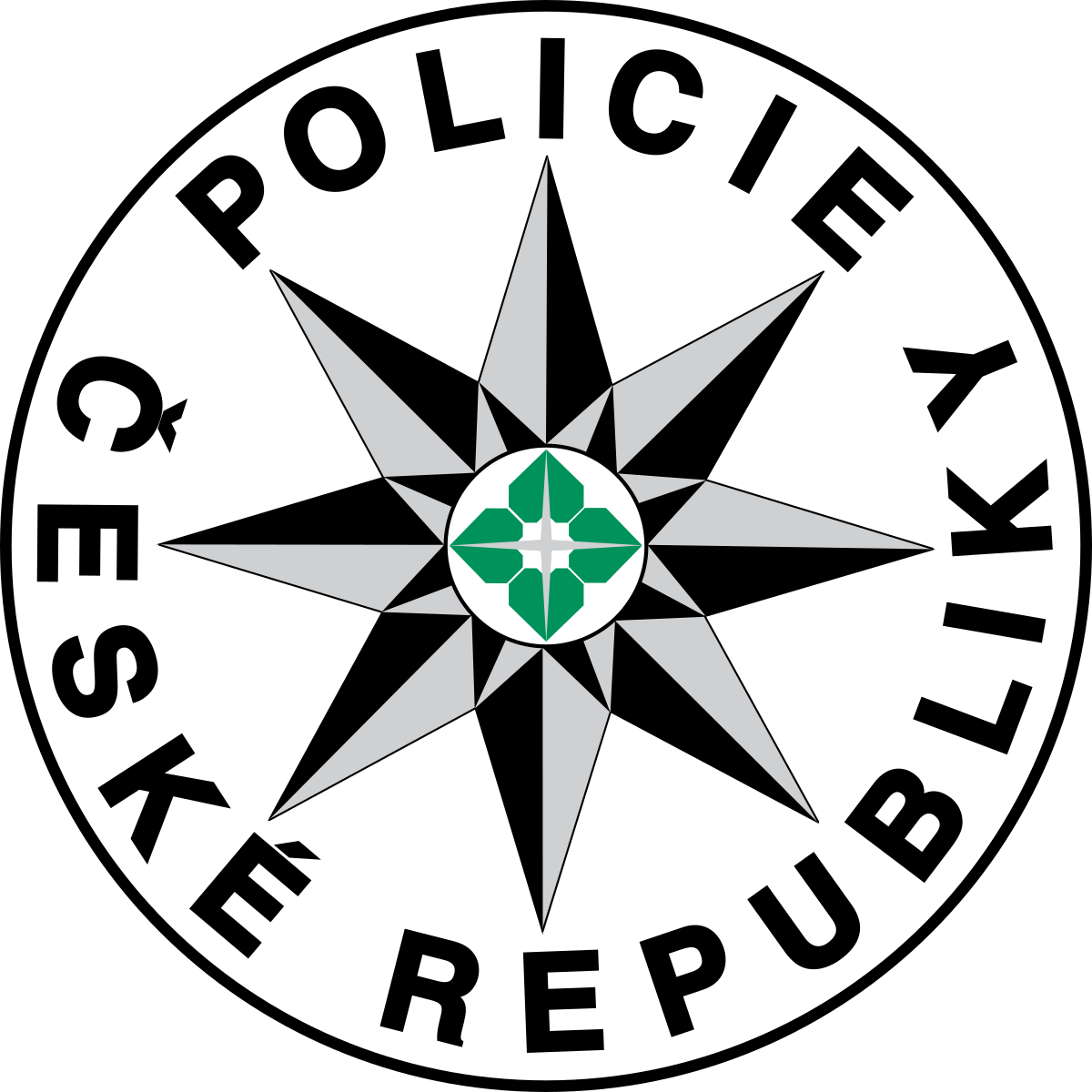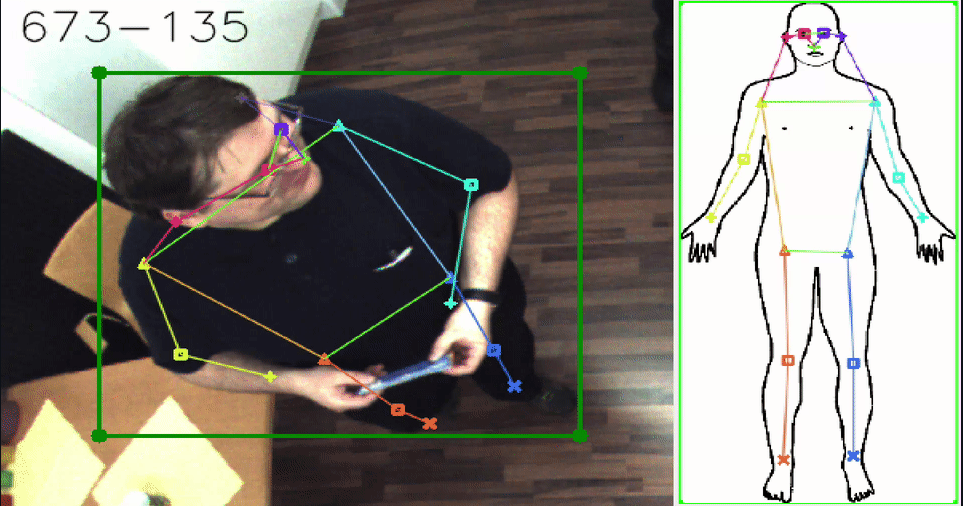This section presents a collection of projects and papers, central to my PhD research, unified by the theme of human pose estimation and analysis. The work spans various applications, from forensic tools for image and video processing in criminal investigations to modeling infant sensorimotor development and tracking athletes in sports. These efforts reflect a blend of technical innovation and practical application, emphasizing the importance of accurately analyzing human poses and movements to derive meaningful insights across diverse fields.
If anything catches your eye, feel free to contact me for more information.
Set of Forensic Analytical Tools for Image and Video Processing for Criminal Police Service
The project, a collaborative effort with VUT (Brno University of Technology), involves creating a suite of advanced forensic tools for the Czech Republic Police, funded by the Ministry of Interior. These tools focus on the automatic processing of images and videos, specifically honing in on human figures to enhance the efficiency and accuracy of criminal investigations. For more information about this innovative project, please feel free to reach out through any of the available contact methods.

Modeling infant sensorimotor development
The project led by Matej Hoffman, focuses on the behavior of infants to gain a deeper understanding of human development. My contribution to this project involves the precise estimation of 2D poses of babies in videos, a crucial aspect that helps in analyzing and interpreting infant movements and interactions. This work is part of a larger effort to model human behaviors, particularly in the early stages of life, providing valuable insights for various applications.

Advanced Video Analysis for Floorball Player Tracking
This project extends my long-standing interest in sports analysis, a journey that began with my bachelor thesis and evolved through my master's work. As a coach in the highest league of floorball, my focus in this project is on developing sophisticated methods for tracking floorball players in videos. The aim is to harness video analysis to gain insights into player movements and team dynamics, enhancing coaching strategies and game understanding. This work not only aligns with my academic pursuits but also integrates my practical experience and passion for floorball, striving to bring a new level of analytical depth to the sport.

Detection, Identification and Monitoring of Animals by Advanced Computer Vision Methods
The project led by Lukas Picek from University of West Bohemia focuses on the identification of wild animals (especially lynxes) in camera trap images.
My contribution to this project involves the estimation of 2D poses of animals, which improves identification accuracy as each animal has a different texture on each side.
The project is part of a larger effort to protect the environment using computer vision and AI.

PoseAnnotator tool
A lightweight, local alternative to CVAT and LabelStudio. Originally developed to create the RePoGen dataset, we have since used it for multiple datasets. This easy-to-use Python tool features a simple GUI for annotating 2D human poses in images. Ideal for researchers and developers, PoseAnnotator simplifies the data labeling process for human pose estimation projects. Feel free to use it for your research and contribute to its development. Your feedback and contributions are welcome!
The tool is available on GitHub
